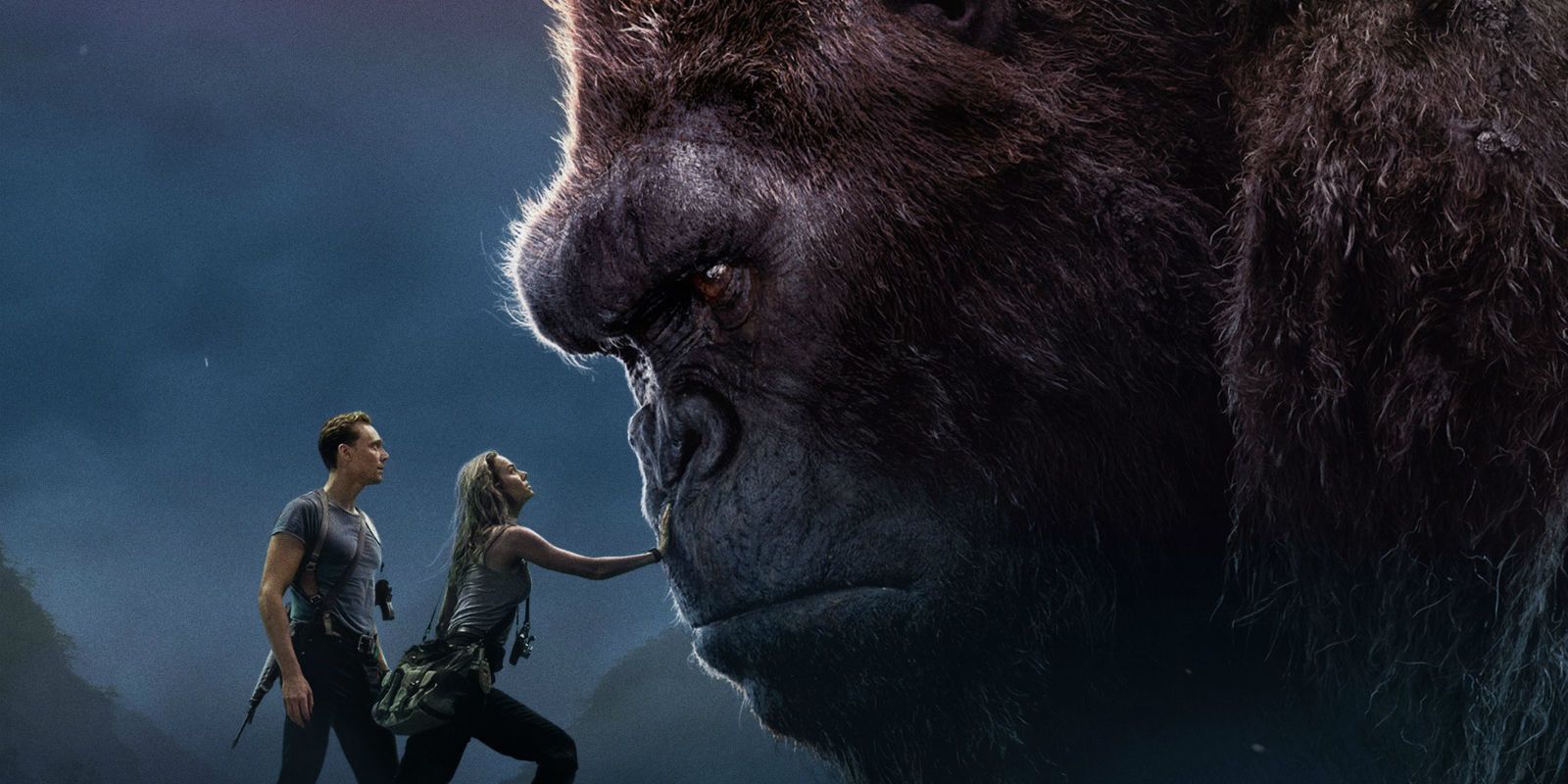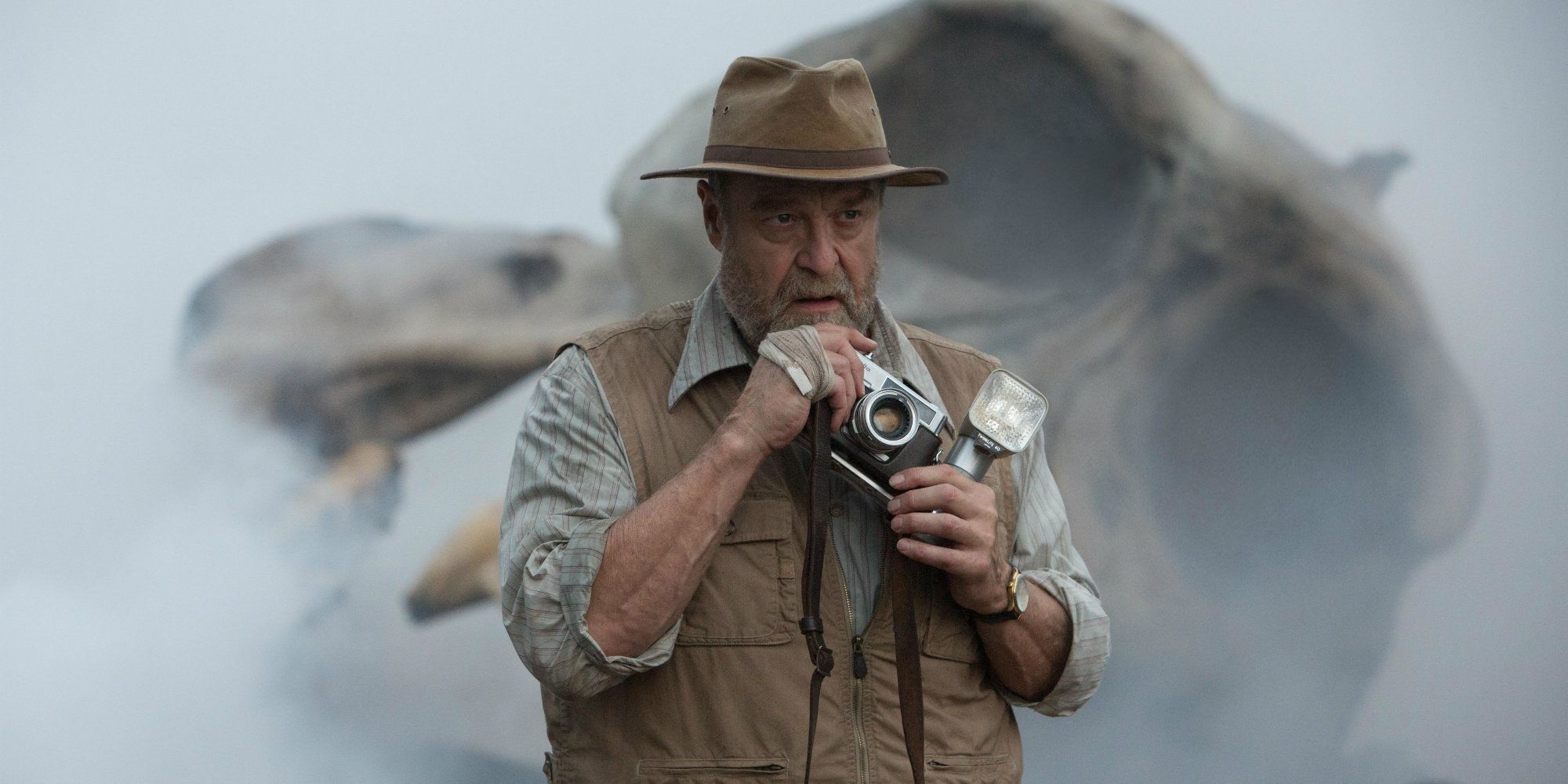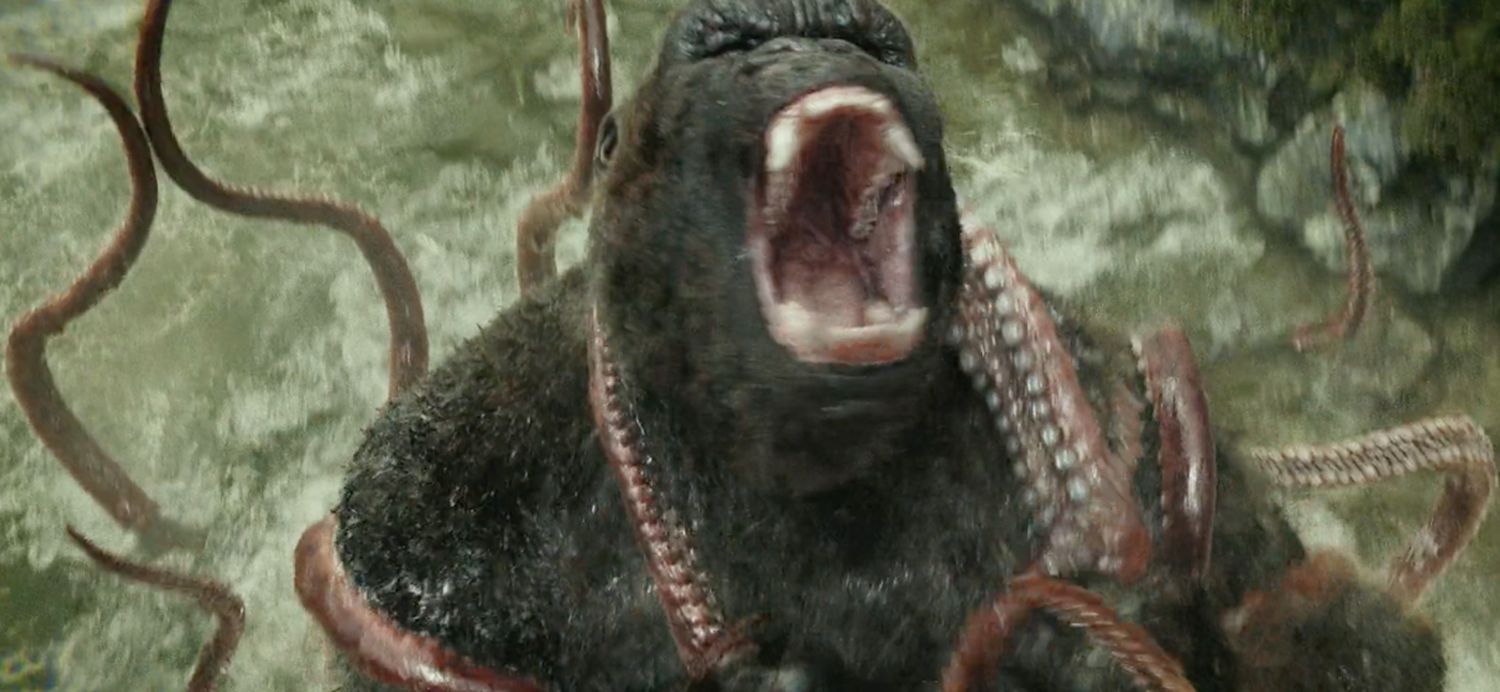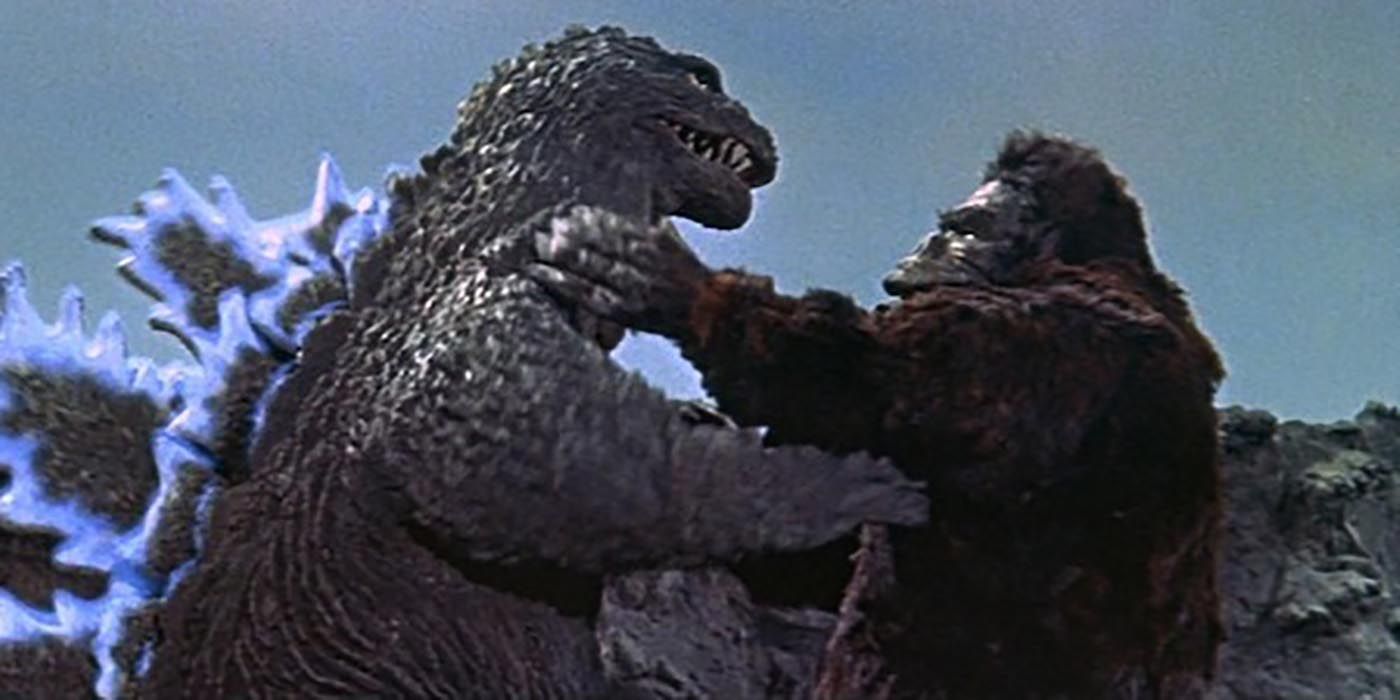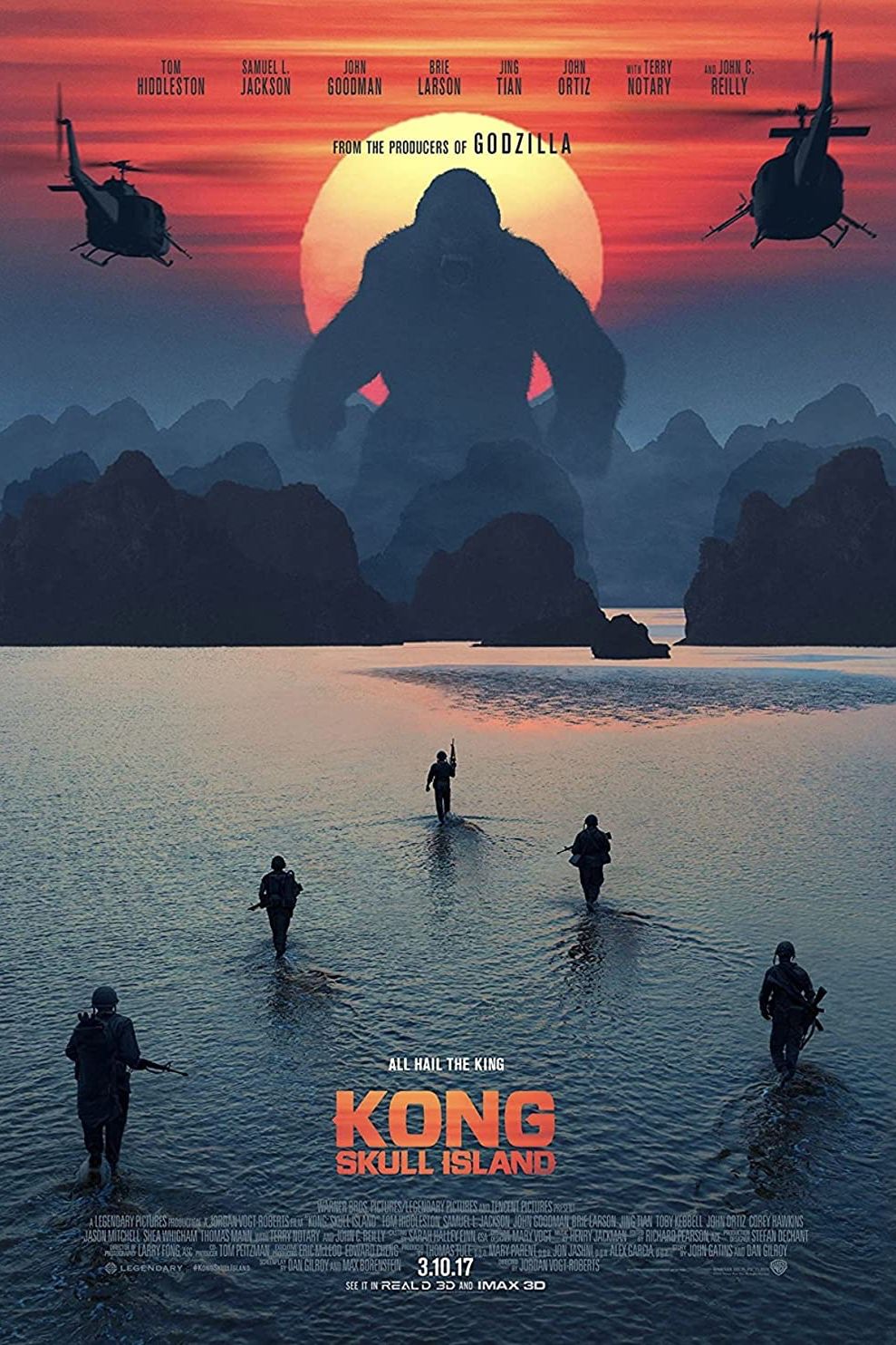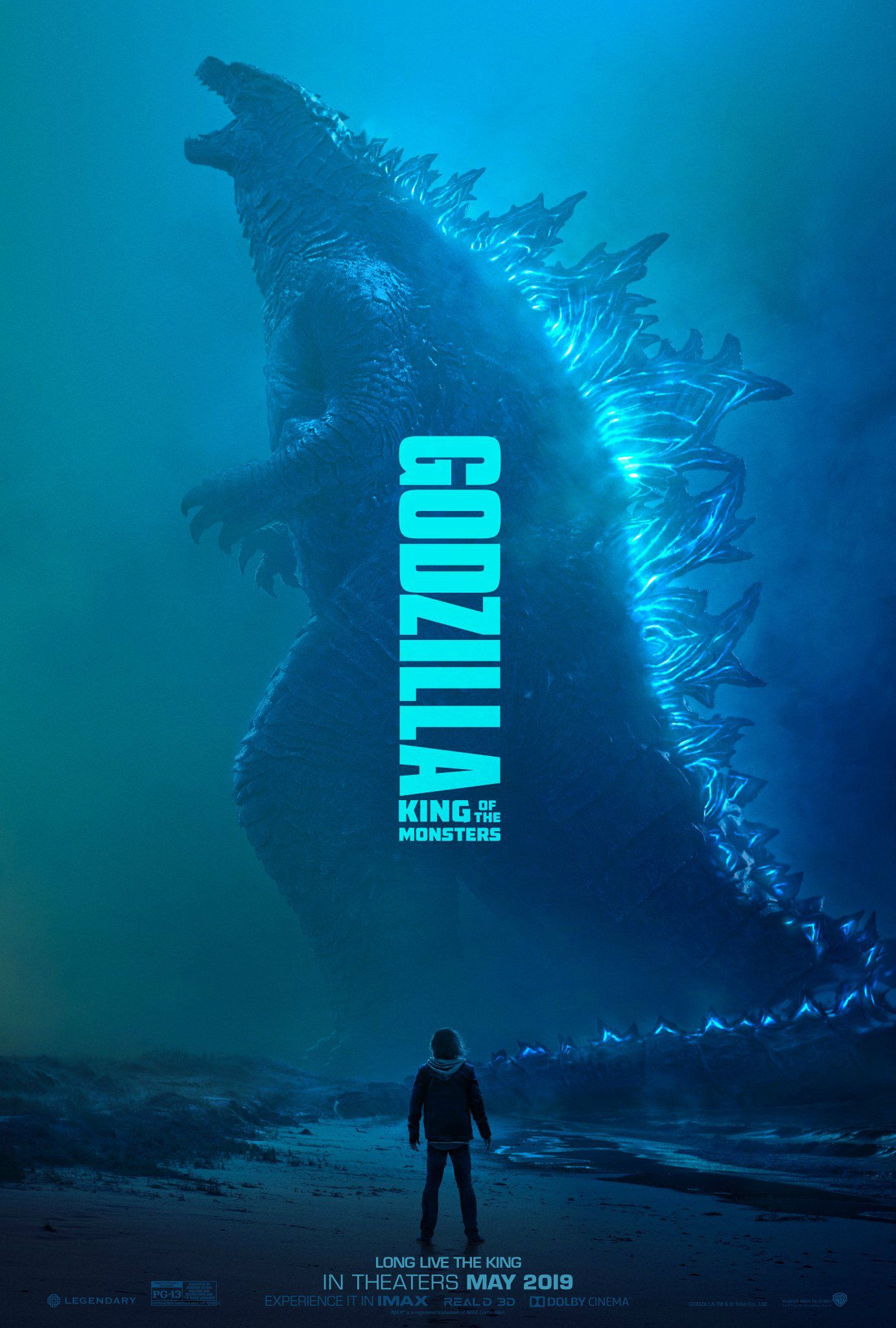Warning: SPOILERS for Kong: Skull Island ahead
-
The new King Kong film, Kong: Skull Island, effectively recontextualizes the story of the mighty gorilla. Instead of merely remaking the primal fairy-tale once again, Jordan Vogt-Roberts' version reworks the tale of the giant primate into something fresh. Almost the entire movie takes place on the titular island, with the story following a group of explorers trying to survive the strange prehistoric creatures that live there and get to the other side for rescue. This quest is hampered by the maniacal Col. Packard (Samuel L. Jackson), who develops a grudge match with Kong after several of his men are killed in the first encounter with the primal beast. Unlike the original, capturing this jungle ruler isn't an option and the movie goes the long way around when it comes to explaining why.
Part of the new MonsterVerse that launched with 2014's Godzilla, Kong: Skull Island introduces the King to the fold with a new backstory that mixes some classic elements with new mythology, in order to set the universe up for the long-haul. The crux of this is the hollow earth theory, which theorizes a whole other world is lurking below the planet's surface. Bill Randa (John Goodman) is a scientist who, along with the organization Monarch, has become obsessed with the idea that the world once belonged to giant monsters, and some of those monsters are still around. Randa is convinced that one such creature attacked a boat he was serving on in the navy and left him as the only survivor, and he's dedicated his life to proving it.
Randa's search leads him to Skull Island, a previously completely uncharted region of the South Pacific ocean. Randa and his assistant, seismologist Heuston Brooks (Corey Hawkins), believe Skull Island to be an entry point through which the entities that live under the earth's crust can come up, and after some last-ditch scientific funding and the enlisting of a military escort, they embark to explore it. To get seismic data as quick as possible, they drop bombs on the island's surface when they first arrive to get a read on whether the earth below is hollow.
Their hypothesis is proven correct but quickly draws the attention of Kong - which was the real motive behind the bombing of the island. The giant gorilla makes swift work of the helicopters that the scientists and their escort arrive in. Once they're stranded in various parts of the isle, the scientific team and the soldiers work their way around the forests and jungles, encountering giant spiders, pterodactyl-like birds and massive water beasts - seeing first-hand the kind of life that exists around a hollow earth waypoint.
No other monsters are mentioned specifically until the post-credits sequence, but the overt implication is that all the monsters of the MonsterVerse will come from places like Skull Island – mysterious pieces of land where the ground is thin enough for these possibly prehistoric beings to break through. Godzilla hinted at a similar story, though kept it contextual to Godzilla as a “great equalizer” that was there to keep us in check, riffing on the lizard being an embodiment of nuclear paranoia. Monarch is the same company seen in Godzilla, and some of the same language is employed in Kong: Skull Island - specifically, the idea that we share the planet with ferocious entities beyond ourselves.
King Kong's cinematic history began in 1933, and the giant ape has been portrayed in many different movies over the years (some good, most pretty bad). Initially Kong is painted as the brute Godlike animal with allegiance to no other living creature, but gradually he's revealed to be the protector and lode-bearer of the island's eco-system. Mason Weaver (Brie Larson) and James Conrad (Tom Hiddleston) find a completely isolated tribe of indigenous people, with whom John C. Reilly's Hank Marlow has lived for years after his plane crashed. As with previous iterations the tribe still regard King Kong as sacred, but here it's retooled as respect for their eco-system and its balance, rather than as a violent or sacrificial religion. The tribe are shown to be completelu pacifist and in harmony, having built a wall to keep out anything that Kong himself hasn't killed that would try to to hurt them.
The main threat to this tribe - and, indeed, to anyone else unfortunate enough to land on Skull Island - is a race of monsters dubbed "Skull Crawlers" by Marlow, who play an important role in the rebooted Kong's backstory. Both of the Kong's parents died keeping bigger Skull Crawlers at bay, leaving him the only one who can stop them - and even then, only by killing them while they're still young and weak.
The movie also takes care to establish another key fact about Kong: that he is relatively young, and is still growing. This is important because Kong will eventually face off against Godzilla, whose current incarnation is around 350ft tall, and could therefore crush classic portrayals of King Kong under one foot. Since Kong: Skull Island is set in the 1970s, and Godzilla was set in the modern day, the already massive Kong can spend several more decades growing before he has to fight the King of Monsters.
One important questions remains: the question of why Kong and Godzilla will end up fighting, since both creatures are portrayed as being fairly benevolent - a balancing force against monsters like the M.U.T.O.s and the Skull Crawlers. Beyond his initial (arguably justified) rampage against Packard's men, Kong appears to be relatively docile, submitting to Weaver's touch and even protecting her from the adult Skull Crawler towards the end.
In one of the movie's most striking images, Kong allows the surviving characters to fly away, watching and roaring as they leave. He has a purpose to continue to serve on the island as its great guardian, saving it from whatever other oddities happen to emerge from the ground. But while the island's visitors may have pledged to keep it a secret, it seems unlikely that Skull Island will remain undisturbed by the outside world for much longer.

